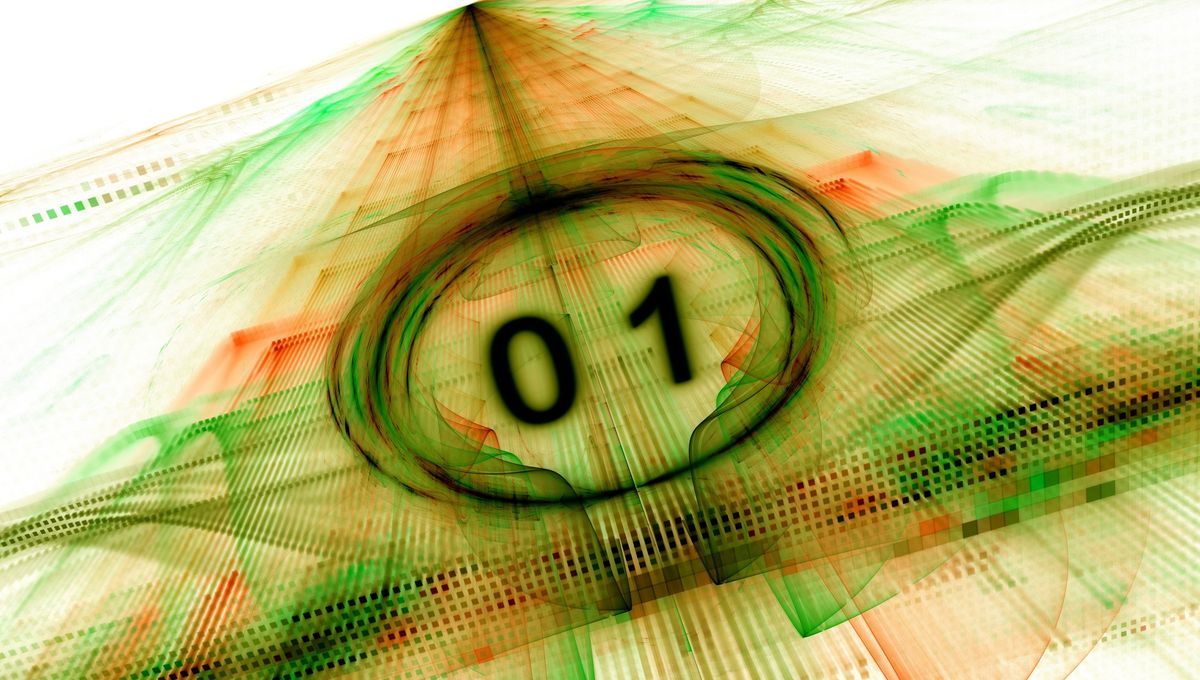
The BASE collaboration within the Antimatter Factory at CERN is having an exciting year. Not only are they getting ready to transport antimatter around the facility on the back of a van, but they have also demonstrated for the first time a quantum bit or qubit (the fundamental processing unit of a quantum computer) using an antiproton.
Protons are subatomic particles that are present in all the atoms in the universe. Antiprotons are created in the lab and have the opposite charge compared to protons. Why the universe is almost exclusively made of matter and not antimatter is an unsolved mystery, and BASE and other experiments in the antimatter factory are trying to solve it.
One possible explanation is that there are other differences between protons and antiprotons – something that would’ve given protons the advantage in the instants after the Big Bang. And this is where the quantum computer approach comes in.
A quantum computer is the next leap forward in computation. A computer works on bits, zeroes and ones, that can be used to create extremely complex programming. A quantum computer works on qubits, which are not just zeroes and ones, but also in a superposition of those states. A qubit can be zero and one at the same time. When this is scaled over millions of qubits, it gives quantum computers incredible computational power, beyond what the best supercomputer can achieve.
There are quantum computers in the world, but none have realized that potential yet. Keeping qubits working is very difficult, and there’s a lot of research going into it – research that can be used to study the properties of antiprotons and compare them to the behavior of protons.
It is early days; the antiproton qubit was stable for 50 seconds – the period of its spin coherence – and the time was used to perform coherence spectroscopy to measure the magnetic moment of the antiproton. If there were any variations between the proton and antiproton values, it would hint at physics beyond the standard model of particle physics.
“This represents the first antimatter qubit and opens up the prospect of applying the entire set of coherent spectroscopy methods to single matter and antimatter systems in precision experiments,” BASE spokesperson Stefan Ulmer said in a statement. “Most importantly, it will help BASE to perform antiproton moment measurements in future experiments with 10- to 100-fold improved precision.”
Those experiments require a different lab, one not as busy as the accelerator hall in the antimatter factory.
“I recently did a rough calculation of how long we would need to make better measurements while the accelerator is on in the accelerator hall. And I ended up at an estimate of something like seven years per measurement,” Professor Ulmer told IFLScience previously.
For this reason, the team is planning to transfer the antimatter produced there to a lab in Germany on the back of a van. They plan to test that in the coming months. They do not think that the antimatter qubit could lead to applications, but you never know what quantum physics might throw at you once you start looking into it.
The study is published in the journal Nature.
Source Link: First Antiproton Quantum Bit Created At CERN's Antimatter Factory